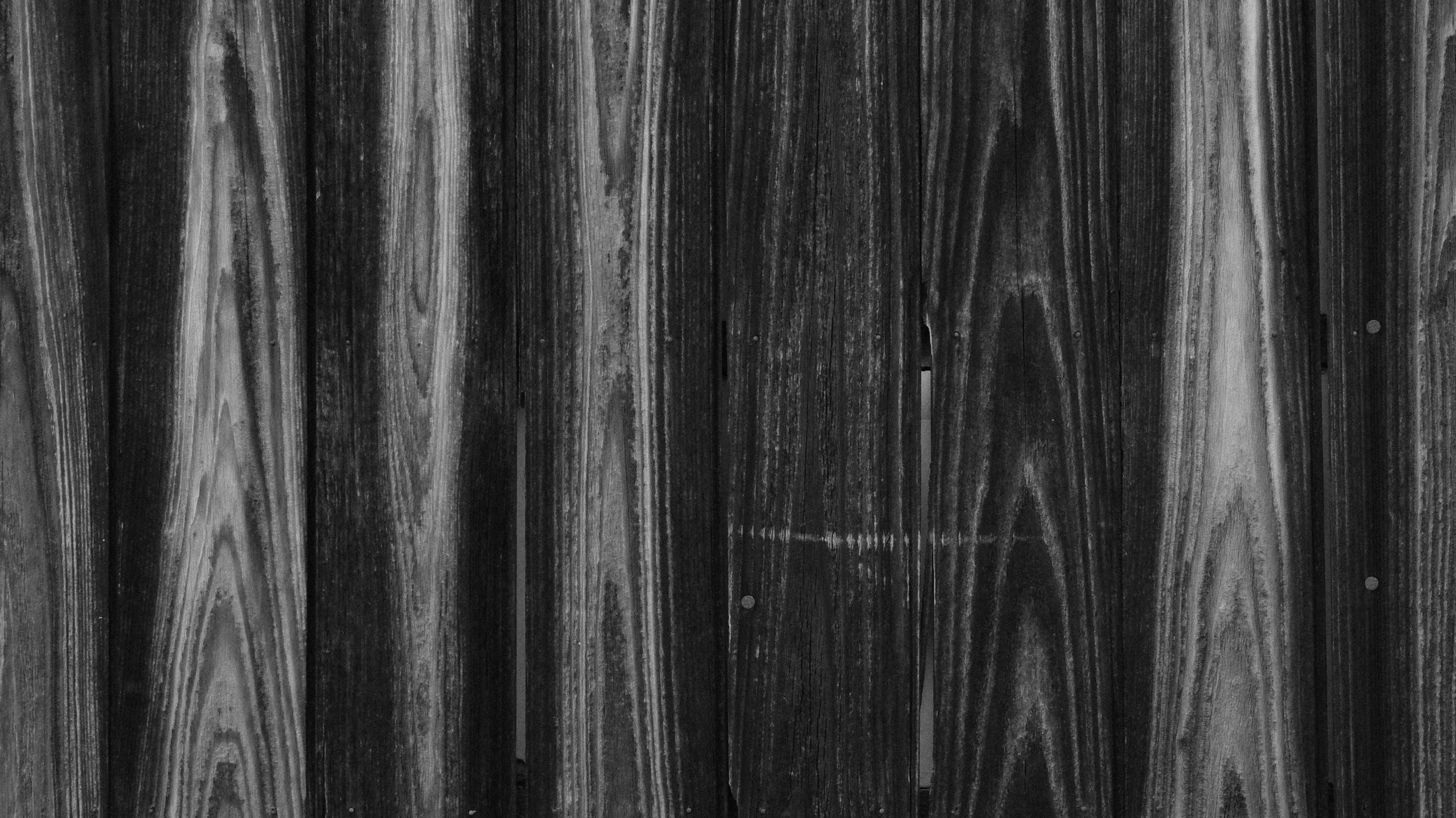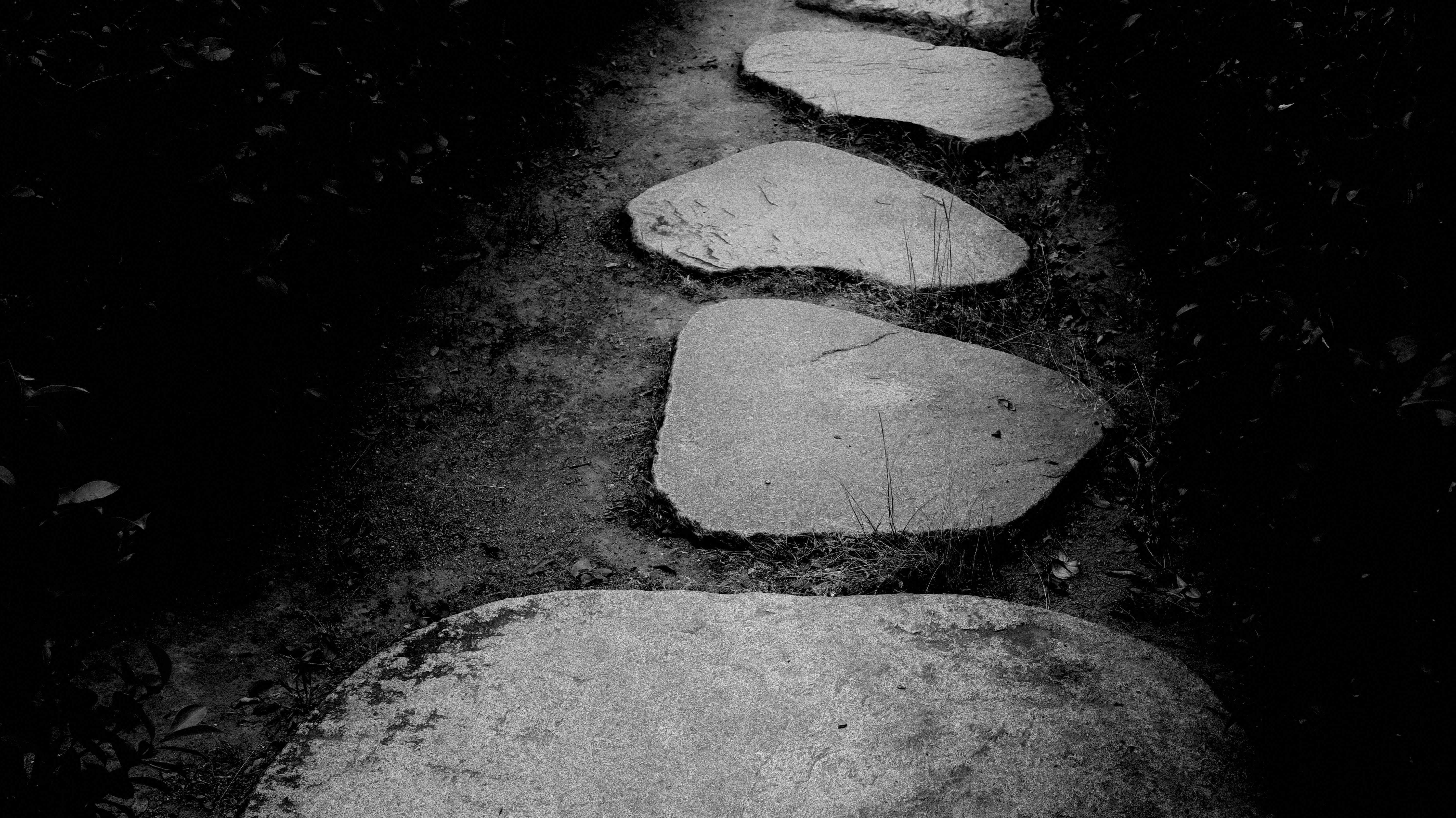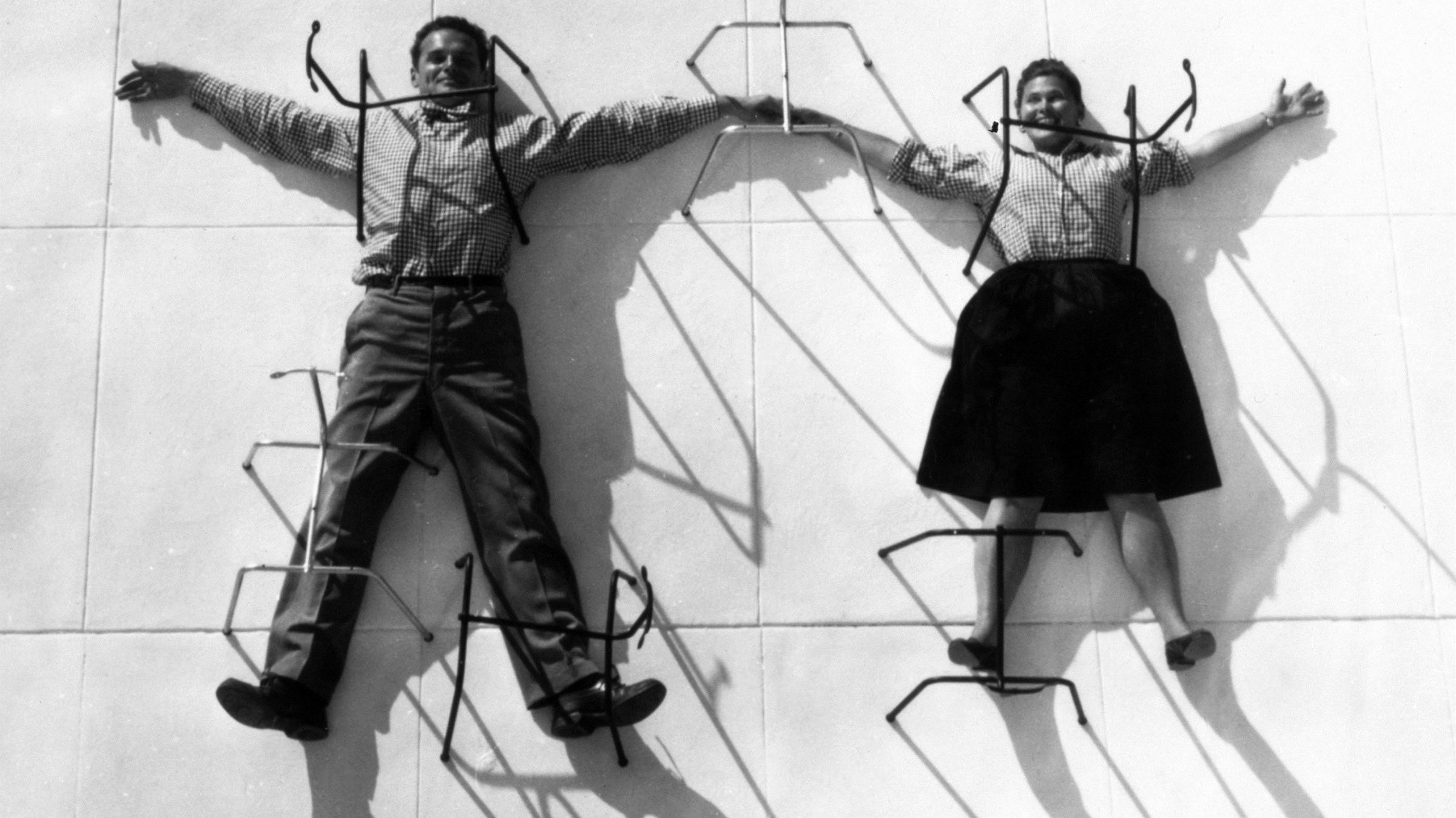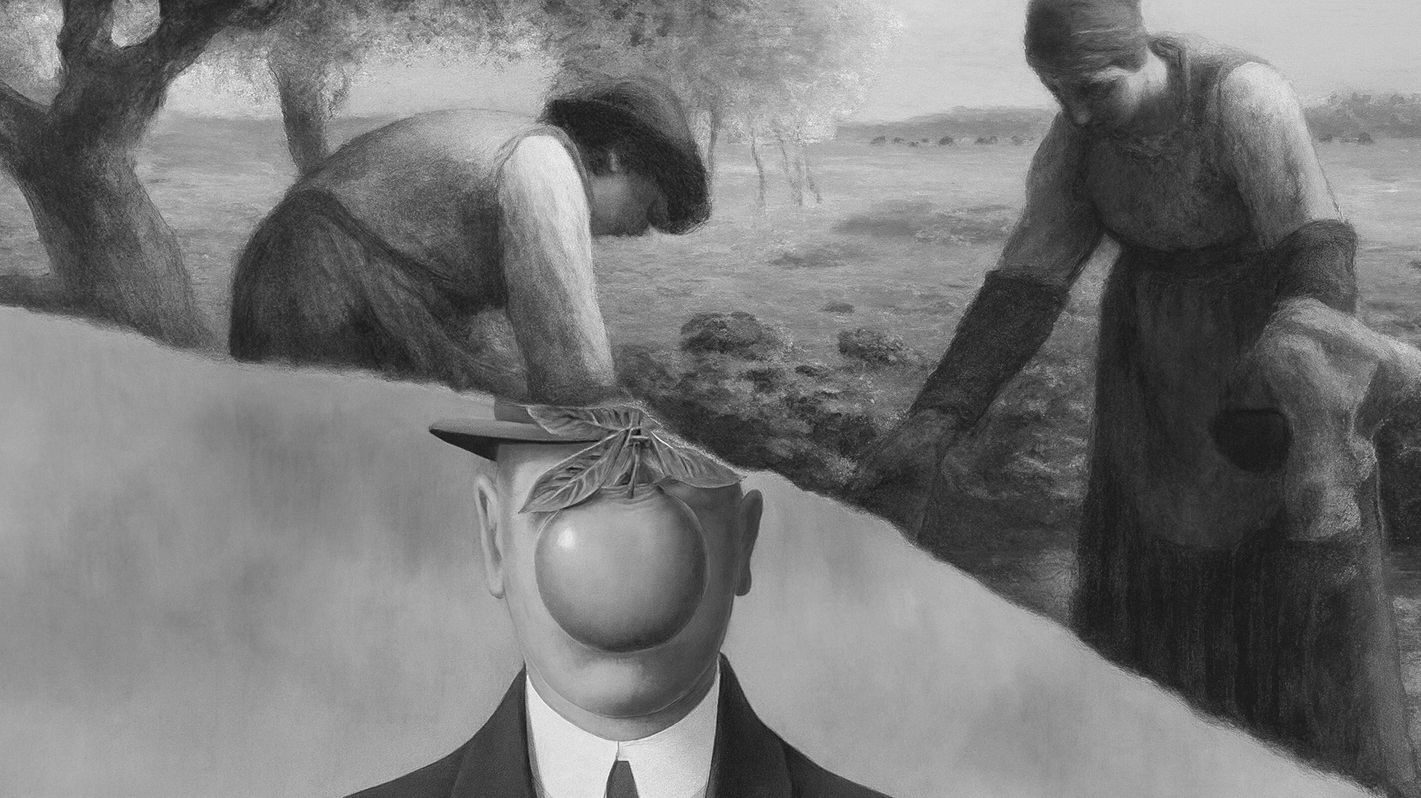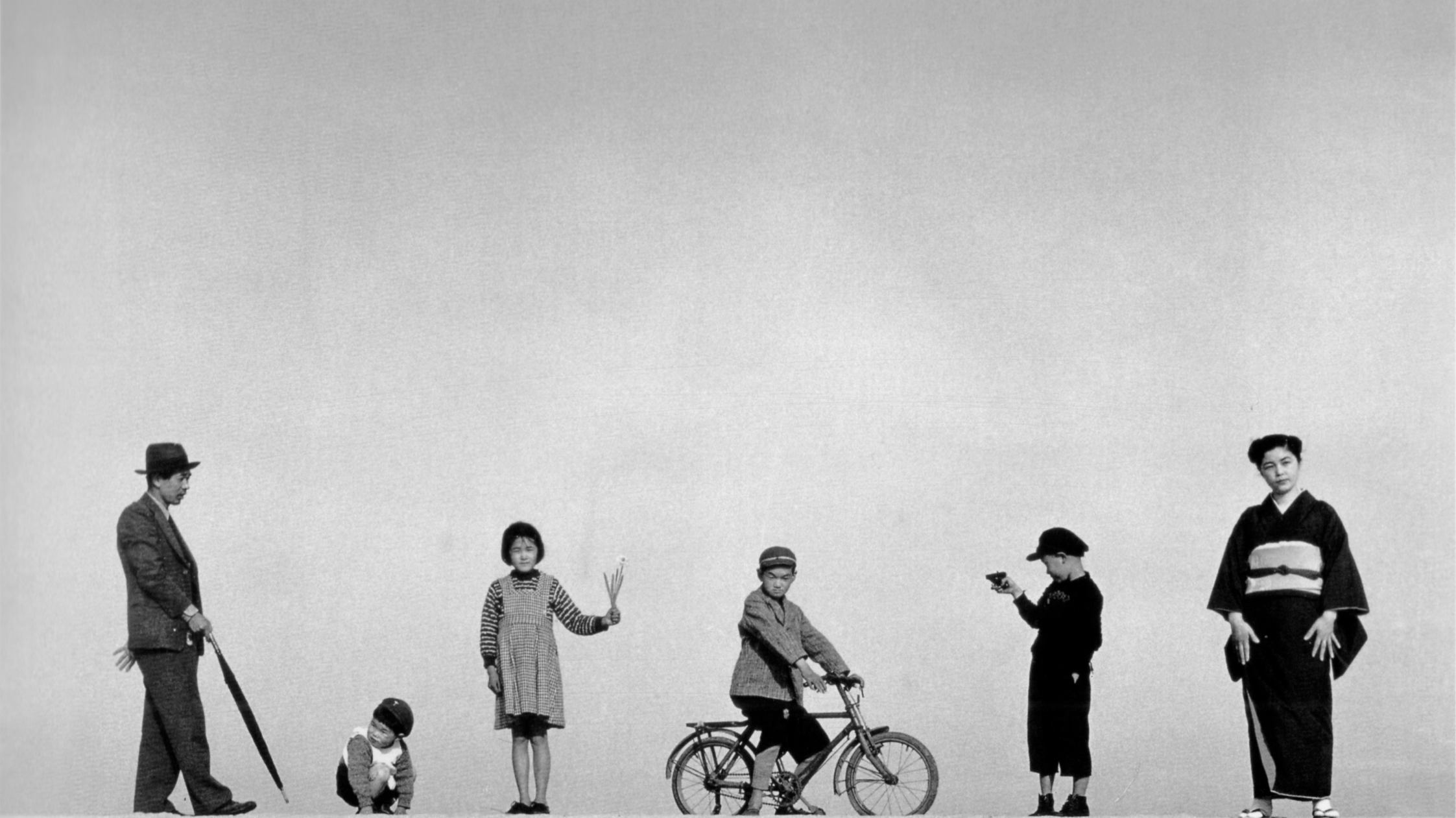We often hear the same names when discussing the history of art—Picasso, Michelangelo, Van Gogh. For centuries, male artists have received the majority of recognition and visibility.
But beyond these iconic figures are many women artists who painted, sculpted, and created with equal vision and dedication. Though often overlooked in their time, their work continues to influence how we see and understand art today.
In this article, we take a closer look at six groundbreaking female artists who made significant contributions to modern art and contemporary art. Each developed a unique artistic voice, challenging conventions and expanding the possibilities of what art can be.
Agnes Martin: Minimalism with Emotion and Spirit
We begin with Agnes Martin, a painter whose work may appear quiet and minimal at first glance, but beneath the surface flows a deep emotional current.
Although often associated with Minimalist art, Martin preferred to describe her work as abstract and spiritual. She wasn’t drawn to industrial materials or rigid systems. Instead, her process was intuitive, emotional, and deeply personal. Her lines were drawn by hand—delicate and intentionally imperfect. Rather than follow fixed formulas, she chose colors based on feeling. In her grid paintings, soft pencil marks and muted tones come together with quiet precision and a steady rhythm.
In the early 1950s, Martin became interested in Eastern philosophy after attending lectures by Jiddu Krishnamurti and D.T. Suzuki. Combined with her interest in Abstract Expressionism, these influences led to a period of work marked by biomorphic forms and a gentle palette of beige, green, gray, and cream. These colors conveyed a sense of warmth, calm, and inner clarity.
Martin often described her art as an expression of quietness. Through subtle lines and repetition, she aimed to evoke emotional states like innocence, joy, and beauty. She believed that true art doesn’t come from intellect, but from an awareness of beauty and happiness.
Her paintings reflect a careful balance of structure, space, and stillness. They invite us to slow down, to look more closely, and to connect with something deeper than what meets the eye.
Ruth Asawa: Sculpting Space with Wire and Light
Ruth Asawa was an American artist best known for her intricate wire sculptures—works that appear both delicate and architectural, like line drawings suspended in space.
Born in 1926 in California to Japanese immigrant parents, Asawa and her family were forcibly relocated to an internment camp during World War II. Despite the harsh conditions, she continued to draw and study art, even taking classes from fellow detainees. She later said she held no bitterness, believing that good can come through adversity.
Although she is most recognized for her sculptures, Asawa considered drawing the foundation of her practice. She called it both her greatest pleasure and greatest challenge, and drew daily with a focus on line, shape, and rhythm.
Her wire forms were inspired by a 1947 trip to Mexico, where she observed local artisans weaving baskets from wire. She adapted the technique into a sculptural language of her own, creating hanging forms that loop, spiral, and breathe with space. As light moved through them, their shadows became part of the work.
For Asawa, process was as important as the outcome. She believed in patience, repetition, and in giving simple materials the chance to become something more.
Later in life, she became a passionate advocate for arts education, helping to establish public programs that made creative learning more accessible.
To Asawa, art was inseparable from life. It was a way of seeing, feeling, and shaping the world with care. As she once said, "Art is doing. Art deals directly with life."
Yayoi Kusama: From Dots to Infinity
You may have seen her giant pumpkins, glowing dots, or endless mirrors—sometimes even without realizing it. Yayoi Kusama’s art feels playful and surreal at first glance, but at its core, it explores trauma, obsession, and survival through creation.
Born in Japan in 1929, Kusama began drawing from a young age, using art to process her emotions and recurring hallucinations. She saw dots and patterns covering everything, multiplying across walls, across her body, even across the sky. She described the sensation as dissolving into the universe. These visions frightened her, but they also became the foundation of her lifelong artistic language.
In the 1950s, Kusama moved to New York, where she developed her signature style through paintings, soft sculptures, installations, and public performances. Her work was bold, immersive, and often ahead of its time, including anti-war happenings and body-painting protests during the Vietnam War. Despite her originality, she was frequently overlooked or had her ideas appropriated by male contemporaries.
For Kusama, repetition was not just an artistic method. It was a way of healing. She once said, "If it were not for art, I would have killed myself a long time ago."
Her now-famous Infinity Mirror Rooms, which began decades ago, are visited by millions around the world. These immersive spaces invite viewers into a world of reflection and endless light, where the self appears to dissolve into repetition.
After many years of being ignored, Kusama rose to global recognition later in life. Today, she is celebrated as one of the most influential living artists in the world.
Hilma af Klint: The Forgotten Pioneer of Abstraction
When we think of abstract art, names like Kandinsky, Mondrian, or Picasso often come to mind. But before any of them, a Swedish artist named Hilma af Klint was already painting pure abstraction. Yet for a long time, history overlooked her.
Born in 1862, Hilma af Klint created bold, geometric compositions filled with swirling colors and symbolic forms. Her work feels more like the 21st century than the 19th. She was deeply influenced by spiritual beliefs, including Theosophy and later Anthroposophy, and often described her art as being guided by messages from higher beings. For her, painting was not a form of self-expression but a way to channel something beyond the visible world.
Between 1906 and 1915, she created a remarkable series called "The Paintings for the Temple", filled with abstract geometry and quiet symmetry. Believing the world was not ready, she requested that the works not be shown until at least 20 years after her death.
These paintings remained largely unseen until the 1980s. Only in recent decades has she finally been recognized as a visionary. Today, Hilma af Klint is celebrated as a pioneer of abstract art, offering a spiritual dimension that continues to resonate with both artists and audiences.
Her story reminds us that influence is not always immediate. Sometimes, the world needs more time to listen, but the voice never disappears.
Toko Shinoda: Where Ink Meets Abstraction
Her paintings look like whispers, bold yet spare, somewhere between language and silence. Toko Shinoda didn’t just paint with ink. She reimagined it.
Born in 1913 in China and raised in Japan, Shinoda trained in classical calligraphy from a young age. But instead of following tradition, she removed meaning from the characters, allowing gesture, texture, and space to take the lead.
In the 1950s, she spent several years in New York, where she encountered Abstract Expressionism. Rather than adopt its energy-driven gestures, she developed her own visual language by balancing sweeping brushstrokes with intentional stillness. Her work often used sumi ink alongside subtle tones of silver or gray. The results are minimal yet deeply resonant.
Her compositions are more than visual expressions. They are meditations on balance, impermanence, and the quiet tension between movement and stillness. Shinoda’s art reflects the core principles of Japanese aesthetics, particularly Ma, the awareness of space and timing, and Wabi-Sabi, the beauty found in restraint and imperfection.
Her career was not always easy. At 27, her first solo exhibition was harshly criticized. But Shinoda stayed true to her vision. As she once said, "This world is full of limitations. But I want to keep my inner freedom. When it comes to what I create, I want to do it freely, without worrying about anyone else."
Even in her later years, well into her 100s, she remained creatively active. Her paintings carried a sense of clarity and stillness, as if they reflected her way of life. Her work invites us into a moment of quiet attention, where brush, breath, and silence come together.
Georgia O’Keeffe: A New Way of Looking at the World
Georgia O’Keeffe is one of the most iconic American artists of the 20th century. Often called the mother of American modernism, her work is grounded in the landscapes of the American Southwest, yet it speaks to something more universal.
Born in 1887 in Wisconsin, O’Keeffe trained in traditional painting but soon found realism too limiting. Rather than simply replicate what she saw, she aimed to paint what she felt. Her goal was to create an emotional equivalent of her experience, not just a visual record.
She believed that by magnifying simple subjects like a single flower or a bleached animal bone, she could shift the viewer’s perspective and open up new ways of seeing. Her paintings are not decorative studies of nature. They are quiet meditations on form, space, and perception.
O’Keeffe moved between urban life and nature. In New York, she painted skyscrapers and cityscapes. But it was the American Southwest that ultimately transformed her. In the 1930s, she began spending time in New Mexico and eventually moved there full time. The desert, with its bones, cliffs, and endless skies, became central to her vision and practice.
Her art may appear bold, but it is deeply contemplative. It asks us to slow down, to really look, and to be fully present. Like a quiet invitation, it lingers with us long after we have looked away.
Read More Art Articles
• 6 Forgotten Modern Art Movements You Should Know
• Surrealism in Art: From the Unconscious Dream to Artistic Reality
• Contemporary Art Meaning: Why It Matters in Today's World?
• Bauhaus Movement: How It Revolutionized Art and Design
About Us
Dans Le Gris is a brand that began with everyday jewelry, with each handmade piece designed and crafted in Taiwan. We deeply value every detail, dedicating ourselves to creating timeless pieces through collaboration with experienced craftsmen.
In our journal, we provide irregular updates featuring articles about art, culture, and design. Our curated content encompasses diverse aspects of life, with the aspiration to offer meaningful insights and inspiration.


